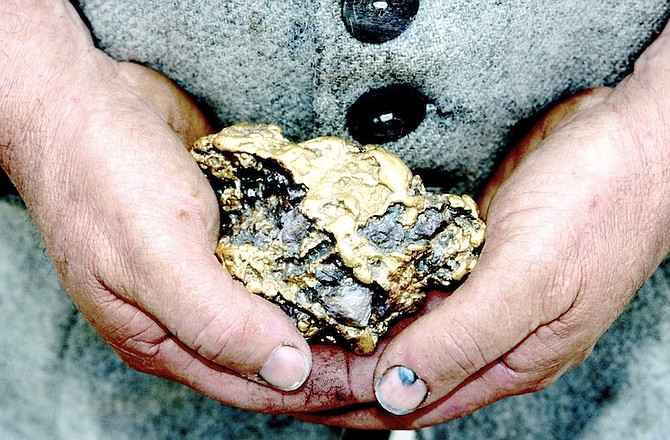By RICARDO EVANGELISTA
www.activtrades.bs
EXCLUDING perhaps the collision of two neutron stars, supernovae are the most dramatic events in the universe’s vast menu of wonders; a cosmic fireworks show that occurs when stars reach the end of their lives by exploding. Such bursts last less than two minutes and can outshine entire galaxies, generating more energy than the sun will do during its entire lifetime.
Not all stars die as a supernova. In fact, few do, because only the very large ones have the mass required to trigger the process. However, these explosions play a crucial role in the renewing of the universe, generating vast clouds of matter that end up forming new stars and planets, and producing heavy elements such as gallium, bromine and… gold.
Gold is classified as a heavy metal because of its high density, with each atom consisting of 79 protons and 118 neutrons, the result of the very high pressures and heat found in the supernova nucleosynthesis. Because the precious metal can only be created under such unusual conditions, unlike the much more common hydrogen and helium, for example, which scientists believe to have formed during the big bang, it is, in cosmic terms, considered to be an extremely rare element.
Also unlikely is the journey, from the heart of an exploding star light years away, to the ring on your finger: supernovae create enormous clouds of cosmic dust, from one of which our solar system was formed 4.6 billion years ago, with some of the gold present in that dust ending up on Earth.
Despite having been mined all over the world for millennia, it is estimated only 200,000 tonnes of the precious metal have so far been unearthed, just about enough to form a cube measuring around 22 metres on each side, with projections pointing to the possibility of 50,000 tonnes of exploitable reserves remaining below ground.
Unfortunately for jewellers and bullion traders, geologists estimate most gold on earth would have sunk and is now part of our planet’s core, well beyond reach. Another interesting gold fact is that it is virtually indestructible and, despite being a heavy metal, it is also a soft metal; so malleable that one gram of the stuff can be beaten into a sheet that will cover nearly a square metre – this is how gold leaf is created.
Between April and August 2020, when pandemic related fears peaked, demand for gold boomed and its price reached an all-time high of more than $2000 per ounce.
When the going gets tough we find comfort in gold. Our connection to the precious metal is strong and its appeal increases during uncertain times. This attraction underpins the status of the precious metal as the ultimate haven asset, holding value no matter what.
So, next time you play with your wedding ring, remember: that gold was forged in the heart of a distant dying star, and will still be around long after we’re all gone.






Comments
Use the comment form below to begin a discussion about this content.
Sign in to comment
Or login with:
OpenID